
Trending in ‘24: 6 home gardening trends to watch for next season
It’s not always about the “latest and greatest” — garden trends sometimes also include topics or gardening practices that have gained renewed interest due to new gardeners picking up the pastime. Here are some gardening trends your customers might want to try in 2024 — and that you can use to freshen up your own retail displays.
1. Goth Gardening
Spooky season doesn’t have to end when the fall season does. Interest in so-called “goth gardening” has been growing over the last few years — so much so that National Garden Bureau hosted an “Ask the Experts About Goth Gardening” webinar in April and posted a comprehensive article on goth gardening at ngb.org/goth-garden-ideas.
“The goth gardening idea came to us because we pay attention to our social media metrics,” said Diane Blazek, executive director. “When we look at what our 52,000 Pinterest followers are searching for month-by-month, then compare that to what the general public is searching for (among gardening topics), that is how we found goth gardening.”
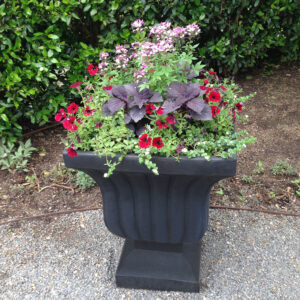
Monrovia chief marketing officer Katie Tamony agreed. “We’ve been talking about the dark-meets-light trend in landscape design in the last couple years,” she said. “The interest in dark foliage, and then having white or bright blooms to complement that — that contrast is so spectacular in the landscape. And we are definitely seeing more interest in darker foliage.
“We’ve got the ninebark ‘Darkstar’, with the deepest, darkest ninebark foliage — and it doesn’t fade or get bronzy either over time. It stays really dark. We’ve also seen a lot of interest in our darker heuchera, like the heuchera ‘Black Forest Cake’. That one has really pretty flowers that are bright, bright pink, and it just looks amazing with the dark foliage.”
And goth gardening doesn’t have to be, well, goth.
“At first, I wasn’t keen on the [goth gardening] idea, as it’s not my personal taste,” Blazek said. “But after more research, we found that there are many interpretations. I love Harry Potter, so that is one way to interpret a goth garden. For others, they might want to make their garden in a gothic manner just for Halloween. Or for those who love dark foliage and flowers, that’s another way to present the concept. This gives retailers many options and ways to present and sell the theme.”
2. Weather-Wise Gardening
As weather extremes continue, home gardeners are adapting their gardens to fit current conditions. Tamony said they’re seeing increased interest in weather-wise gardening for a number of climate challenges — extreme heat or cold for long periods of time, fire-resistance, drought tolerant and even “zeroscaping.”
Zeroscaping, she said, is “a fairly new term being used by designers and others to reference something that’s different from xeriscaping.”
While xeriscaping uses low-water plants in a landscape, zeroscaping uses a minimal number of plants — and those few plants that are used tend to be natives.
“It’s becoming more popular in true desert areas — really dry conditions. I’ve seen the term used in New Mexico, Colorado … becoming a little bit more popular and understood.”
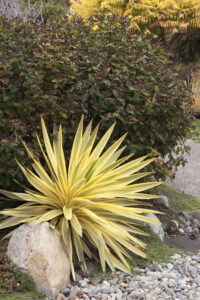
She said for zeroscaping, when you have so few plants, “you need them to be really striking,” so she recommended garden centers point customers to varieties that will make a statement.
“If you have mainly gravel or dirt around, but you want a pop of something, yucca ‘Bright Star’ is a really beautiful yucca that we grow and that I recommend in landscapes in my neighborhood [in northern California],” Tamony said. “And I see people growing it — it’s a nice difference from the agaves a lot of people grow around here, which are also wonderful. A lot of the sedums that we grow are beautiful options as well.”
She said natives can be good options for weather-wise gardening, but they aren’t the only options — despite what home gardeners might believe.
She said when a Monrovia consumer survey asked, “How would you describe a native plant to a friend?” they often heard things like “drought-tolerant” or “waterwise,” especially if they were living in the West.
“There’s a bit of education that can happen [at garden centers],” Tamony said. “Sometimes consumers believe that their only choices for waterwise landscaping are native plants.
“And while native plants can be wonderful options for waterwise, they’re not the only options. There are lots of great cultivars and nativars that are really good for xeriscaping as well.
“Clearly we’re seeing a lot of consumer interest in the subject, but a lot of consumers are kind of struggling to understand what a good waterwise option is.”
She said juniper is a good waterwise shrub option that’s seeing renewed interest. “Juniper is one of those landscaping plants that’s actually coming back in vogue. People started moving away from junipers, but there are so many different kinds you can get for the landscape. They have a low, mounding profile, have a lusher, richer texture, and there are different colors of juniper. Juniper is a great, great choice for a waterwise landscape shrub.”
3. Indoor Vegetable Gardening
No longer do customers require a plot in the backyard to grow their tomatoes and peppers; breeders have advanced vegetable plants to now happily grow in a raised bed or container, in a hanging basket, or even indoors on a kitchen counter.
“For any homeowner or apartment dweller without access to outdoor garden space, Kitchen Minis indoor plants is an instant solution that provides fresh vegetables with that just-picked taste,” said Katie Rotella, senior public relations and digital manager at Ball Horticultural Co. “We’ve had such a positive reaction to the launch of this collection because of the versatility of these small-space potted veggies. Moms with kids think they’re fun to enjoy and show where food comes from; folks with limited mobility are still able to experience growing their own vegetables; they make a unique hostess gift; and they’re a great conversation starter nestled among your other houseplants.”
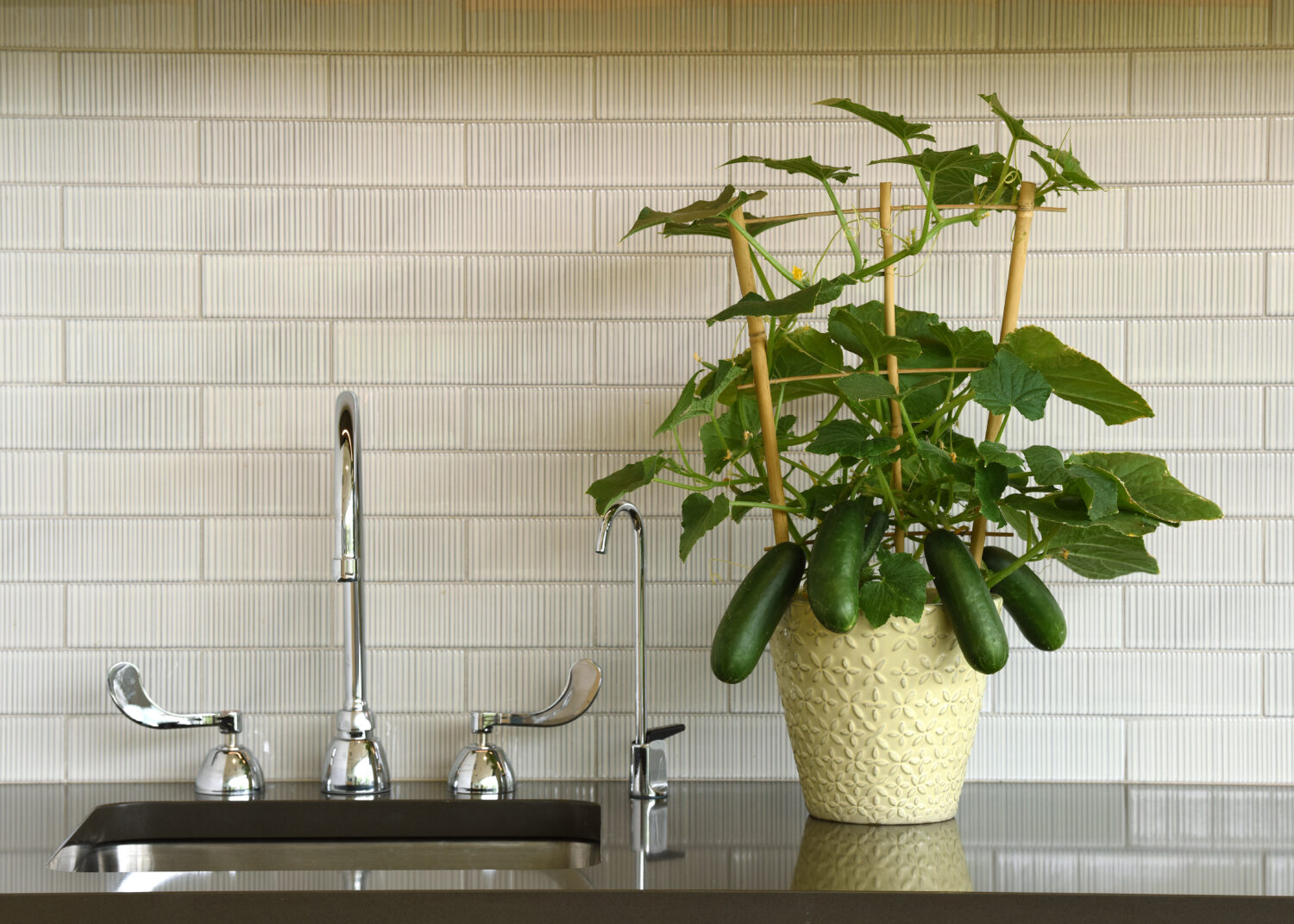
She said home gardeners are encouraged to purchase Kitchen Minis, which can be harvested for four to six weeks. After that, the plant material can be composted and replaced with a fresh plant, bringing customers back to the garden center to shop.
The Kitchen Minis line expanded this year with a new class — cucumbers — which was introduced at California Spring Trials. The trellised ‘Quick Snack’ variety sets fruit without the need for pollinators and can thrive in a sunny indoor spot.
“The lineup is growing even further, so watch for another debut at California Spring Trials 2024,” Rotella said.
Garden centers can direct customers to PanAmerican Seed’s consumer-friendly website, kitchenminis.com, and free video and social marketing materials and store signage at panamseed.com/northamerica/brands/kitchenminis.
4. Edibles in Containers and Hanging Baskets
Advancements in breeding are now giving home gardeners new ways to grow their vegetables outdoors as well. Once limited to ornamental annuals, containers and hanging baskets are a suitable and space-saving way to grow edibles.
“Patio gardening has been on the increase for years now,” Blazek said. “When we (the All-America Selections board) saw that trend, we took action and created a special container trial for select edible entries. This allows breeders the opportunity to show what their new, compact breeding can really do.”
Three edible varieties are recent All-America Selections winners bred to be suitable for containers with compact habits — pepper ‘Pot-a-Peno’ (PanAmerican Seed), pepper ‘Quickfire’ (Tozer Seeds) and pea ‘Snak Hero’ (Syngenta).
“There are skeptics who think you can’t produce a decent crop in a container, but winners like ‘Pot-a-Peno’, ‘Quickfire’ and ‘Snak Hero’ are just a few that really thrive and produce a large yield even in smaller containers,” Blazek said.
Garden centers can suggest these varieties as an alternative to traditional in-ground plants, especially for those who might not have the floor space for large containers, such as a balcony. A veggie hanging basket can also serve as a focal point or add interest when placed among other container plants.
5. Straw Bale Gardening
Similar to the container gardening popularity, straw bale gardening isn’t new — but offers new benefits with its approachable and small-space qualities.
“When I developed the Straw Bale Gardens (SBG) method 32 years ago, nobody had ever heard of such a thing,” said Joel Karsten, owner of SBG. “But now, five books and nearly 3,000 live presentations later — and with the help of social media — we now have more than a million people who have adopted the method to grow their own backyard gardens, and we know of 60-plus countries where people are growing using the SBG method.”
Straw bale gardening is essentially using a straw bale as a container for growing plants. Karsten said some of the benefits of this method are its accessibility — the raised height makes it easier for anyone who has limitations to physically getting down to the ground. In addition, the bales can be put anywhere, “even on asphalt, concrete or on a rooftop, because the root system of the plants can be fully inside the bales,” he said. “This allows anyone to grow a bale or two regardless of how much ‘land’ they own. A single parking space in a parking lot can fit up to 20 bales and produce a bounty of harvest.”
And since no tools are needed for this growing method, it’s more approachable for first-time or new gardeners — or those with limited resources. “They may need a garden hose and a pruner or a knife for harvesting, but that is about all they would absolutely need to garden in bales,” he said.
To introduce customers to this method, Karsten recommended that garden centers set up a demonstration straw bale garden. Both customers and employees can then see how the preparation and growing process works.
“A good supply of straw bales and a display of Balebuster straw-bale conditioner will be needed,” he said, “and maybe a few books, just in case someone goes crazy and really wants to learn all the specifics. The basics are simple, and printed right on the package of Balebuster.”
He said since it is “very conspicuous” to grow in bales, it can attract attention and generate questions and curiosity from customers, giving garden center staff the chance to explain the method and its benefits.
6. Chaos Gardening
Some gardeners are eschewing the rules and throwing caution — and seeds — to the wind (literally) with chaos gardening. A TikTok search for #chaosgardening yielded 23.7 million views, with users sharing content such as scattering a handful of carrot seeds throughout the landscape and mixing several flower seed packets together and tossing them into the wind.
This laissez-faire approach might be appealing to gardeners with limited time or those who find the planning and sowing of seeds to be intimidating or stressful (read: new gardeners). It can also be a good approach for a pollinator garden if native plants are used.
For an enhanced reading experience, view this article in our digital edition.




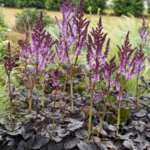


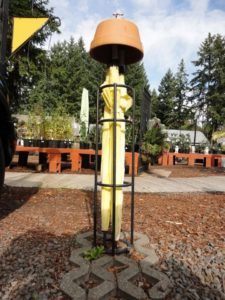
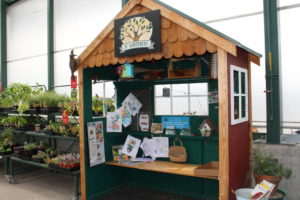
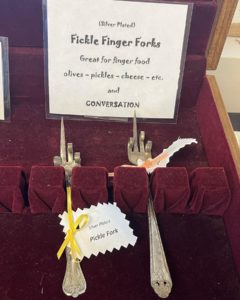
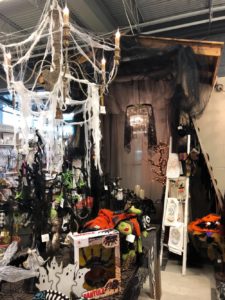

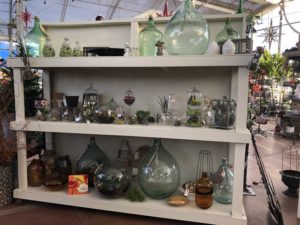
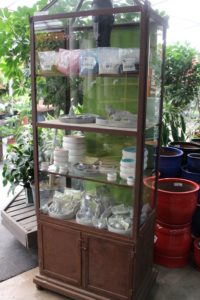
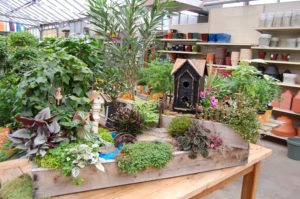
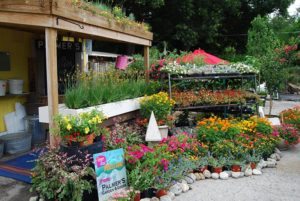
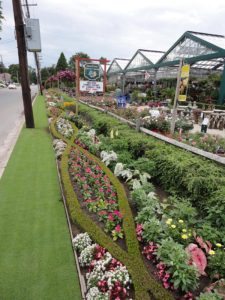

 Videos
Videos





